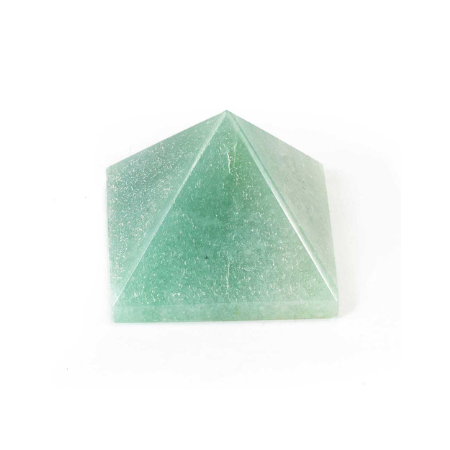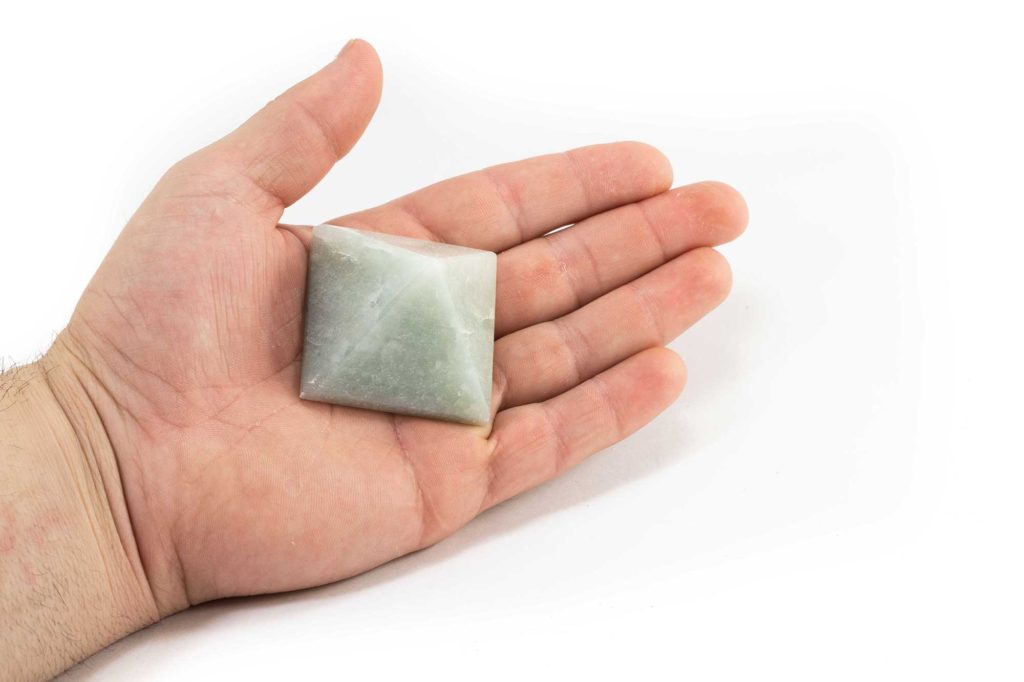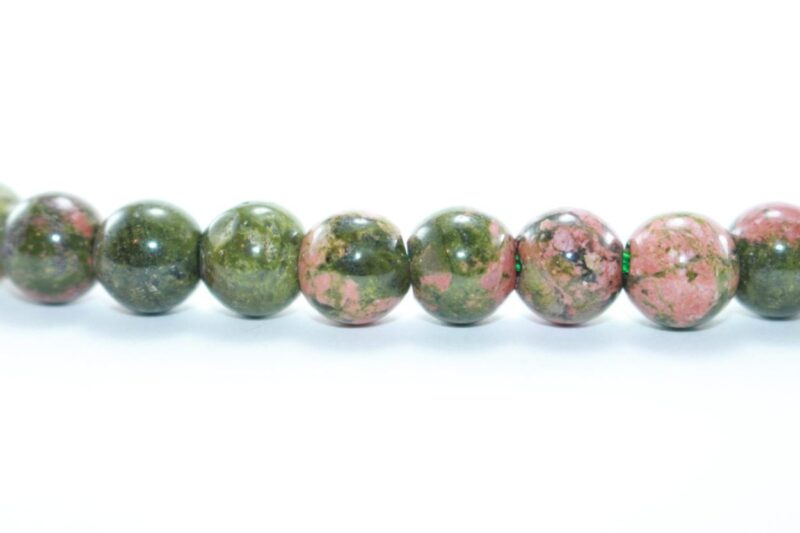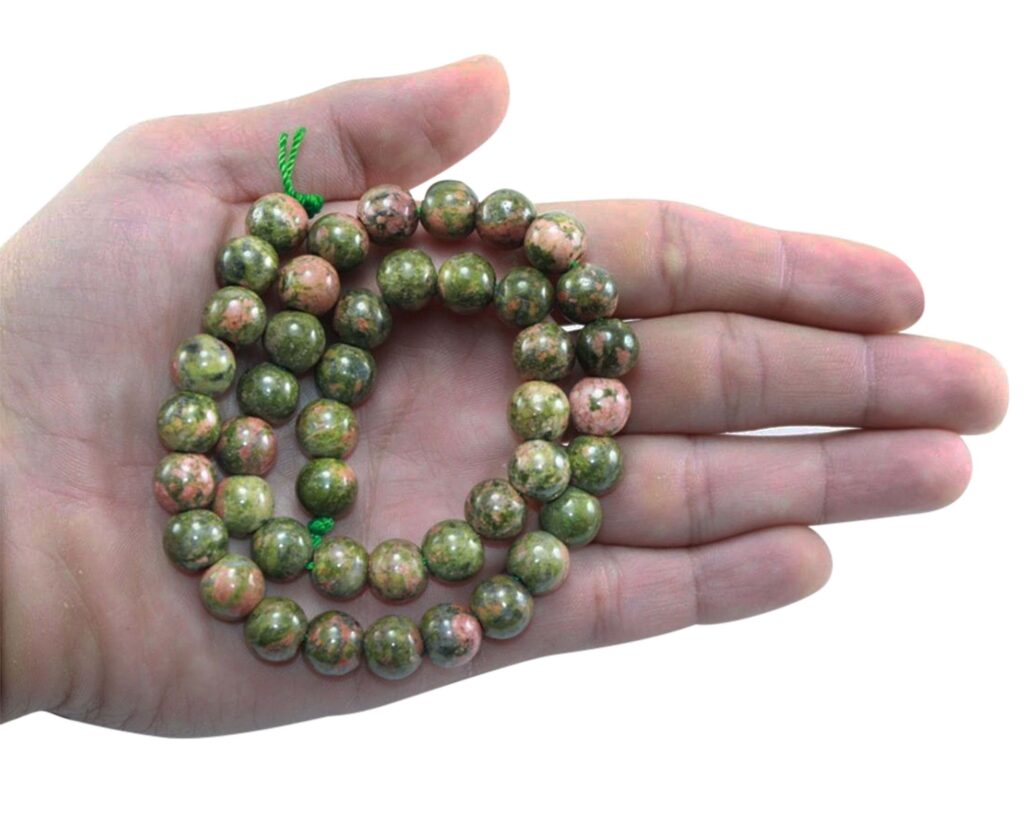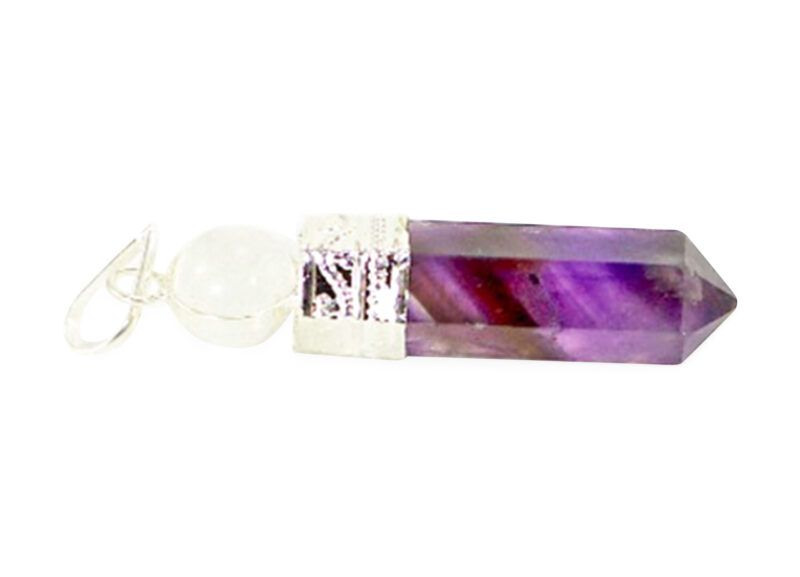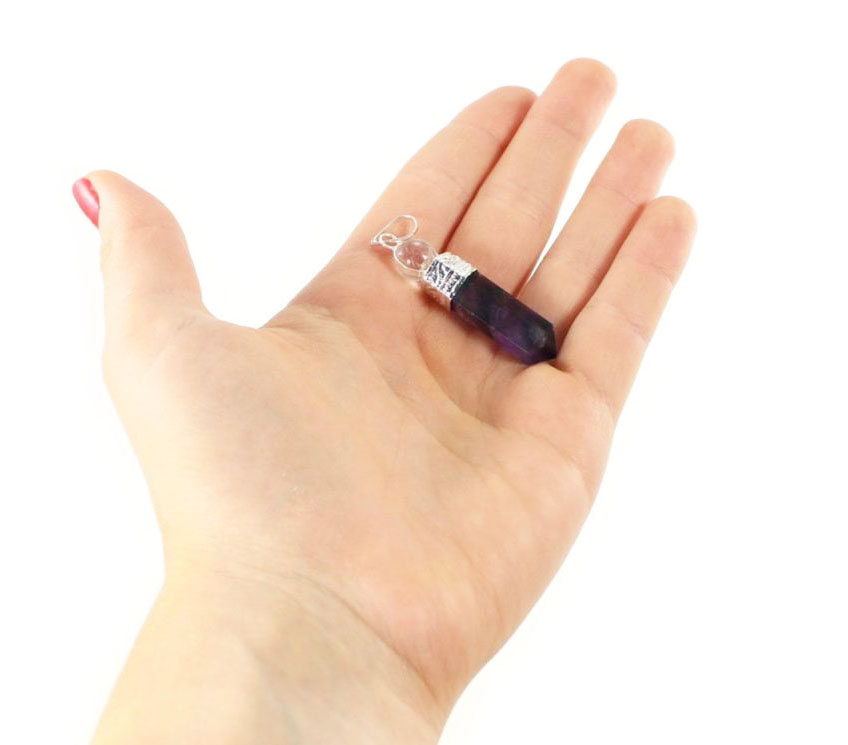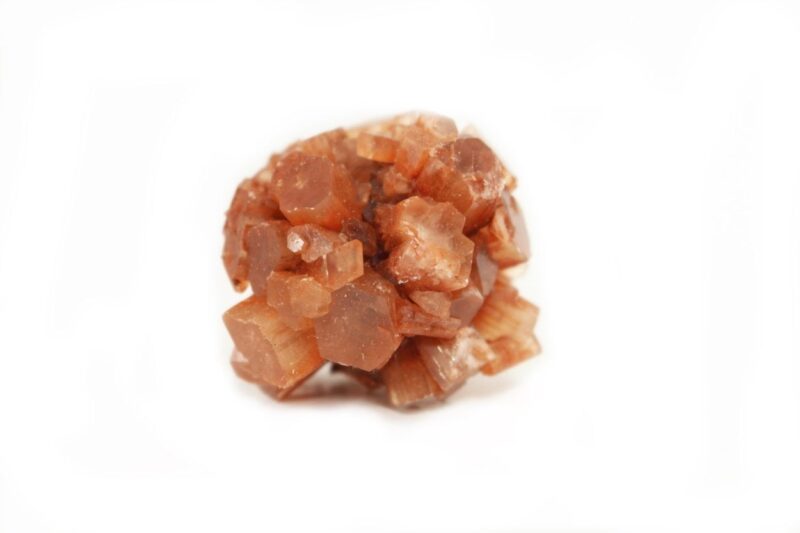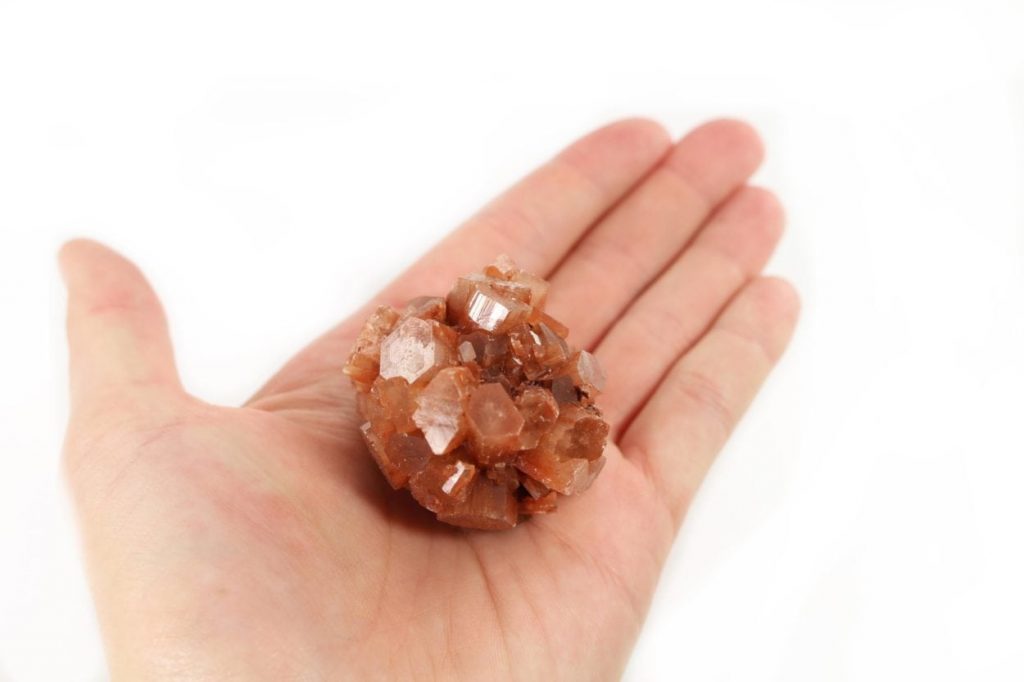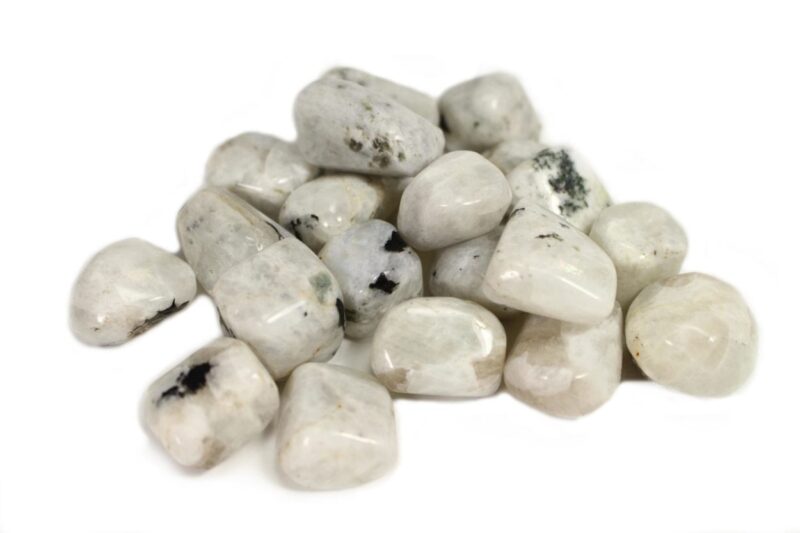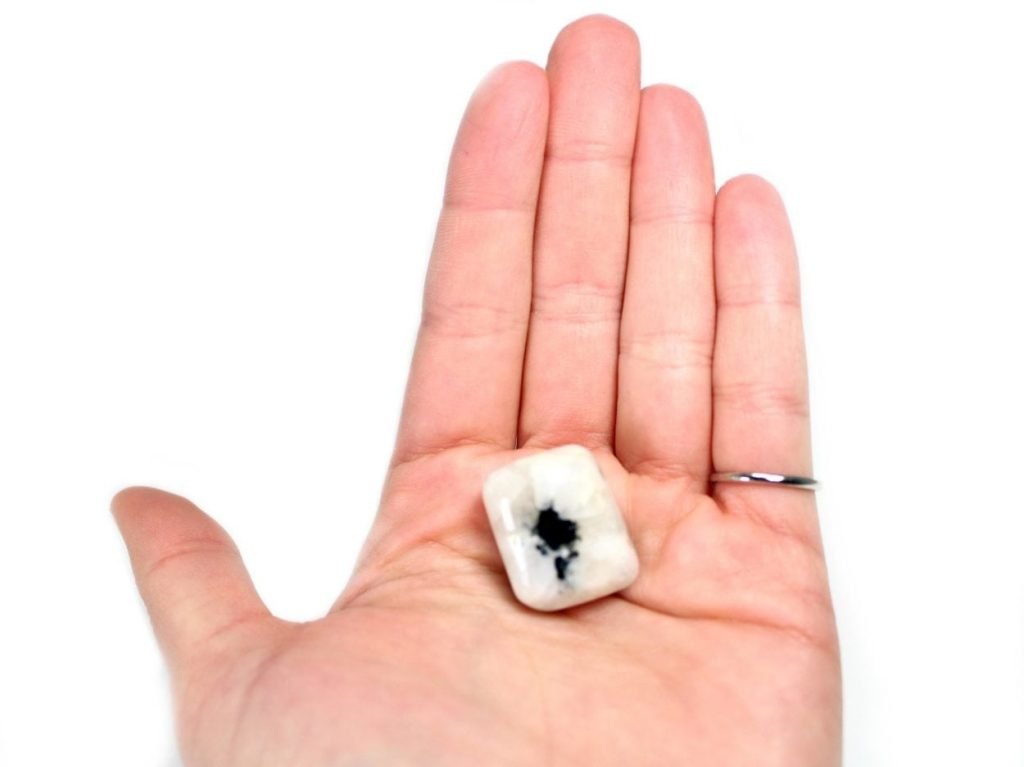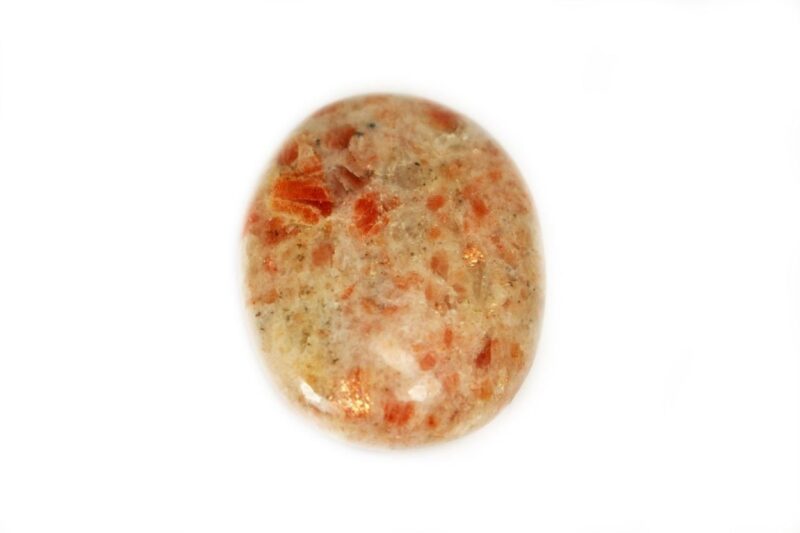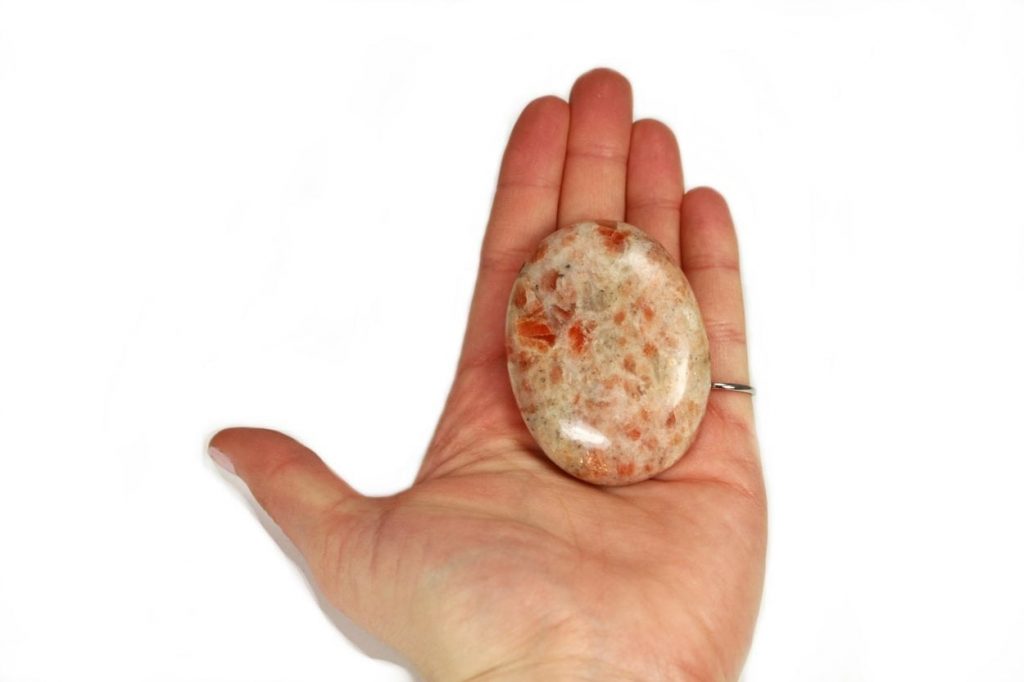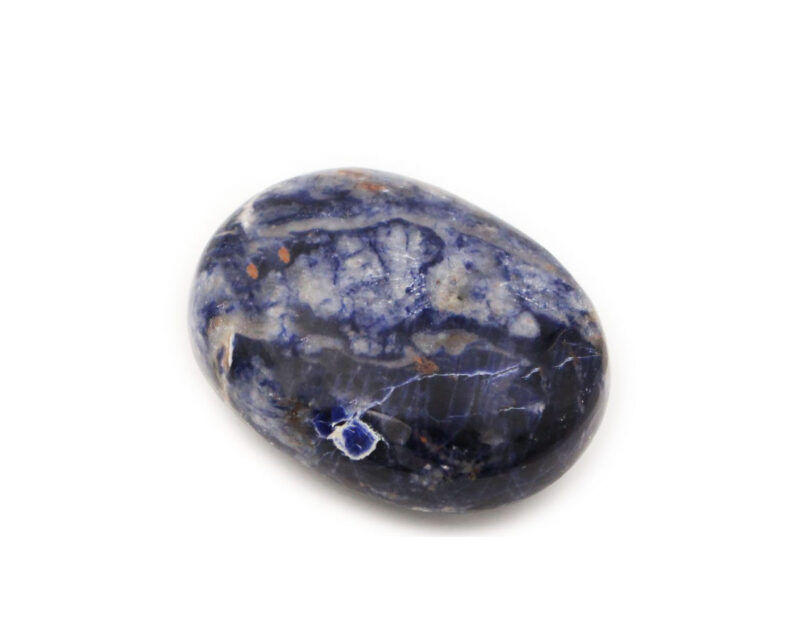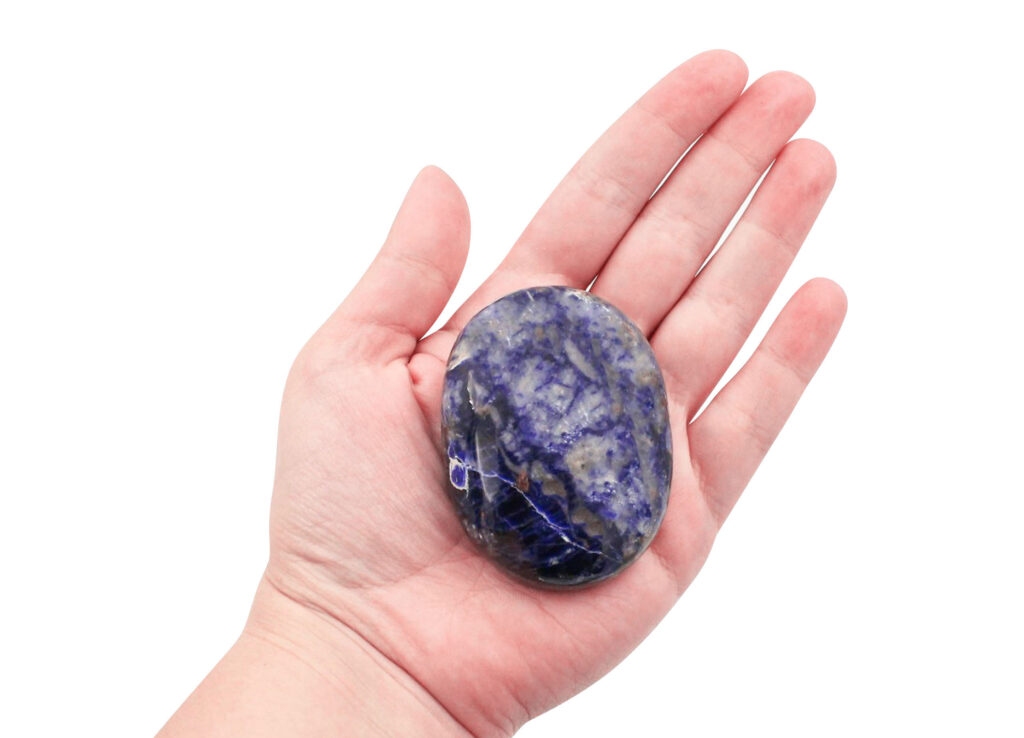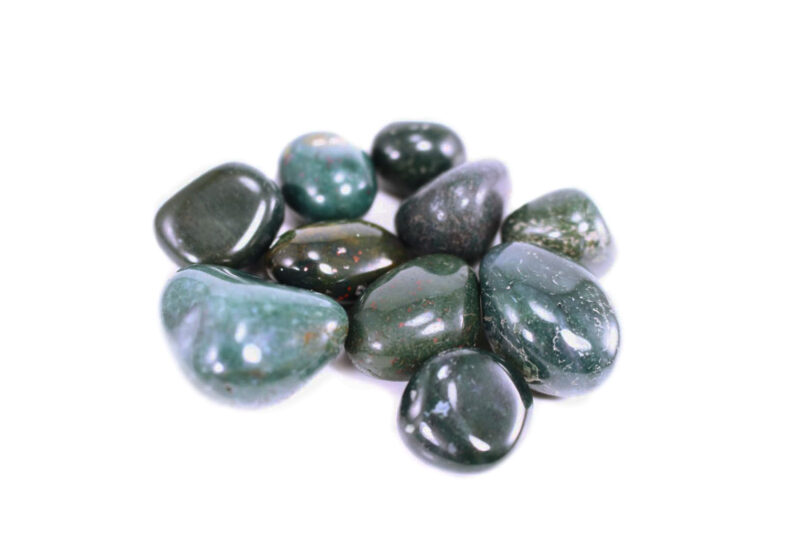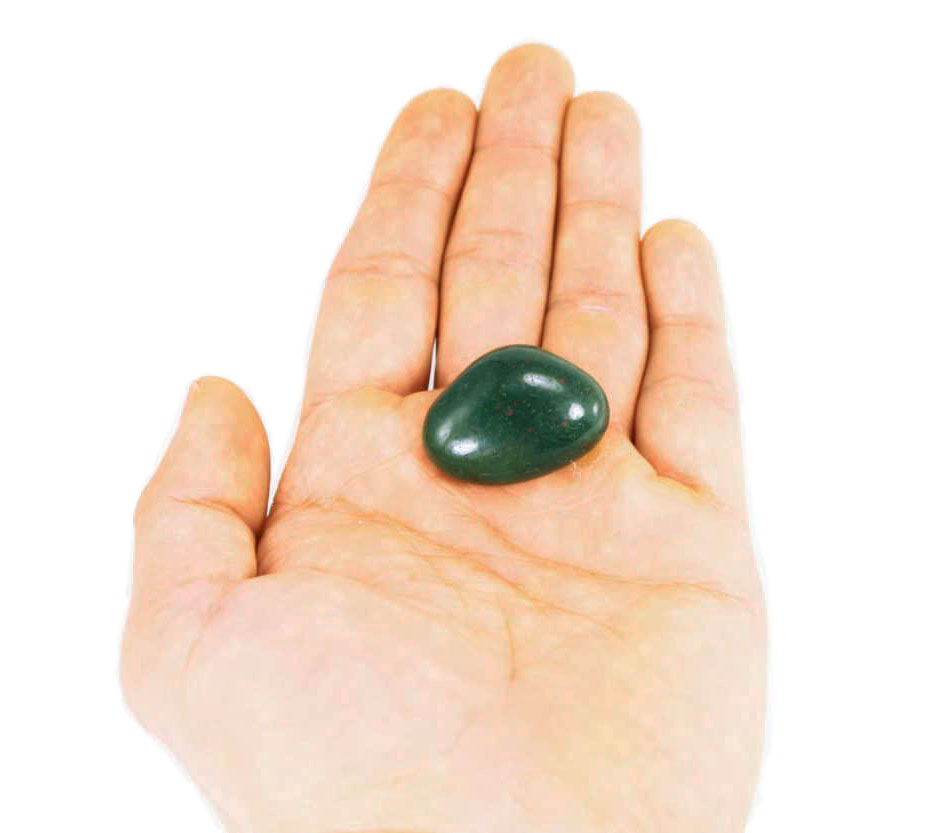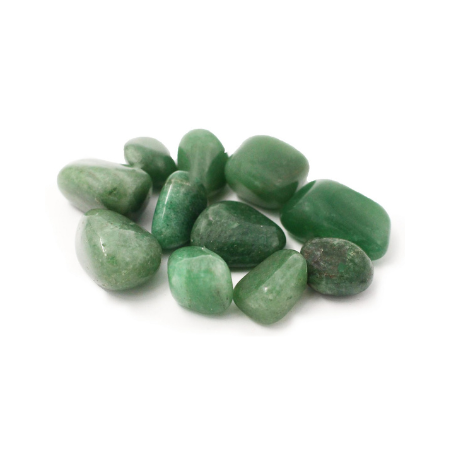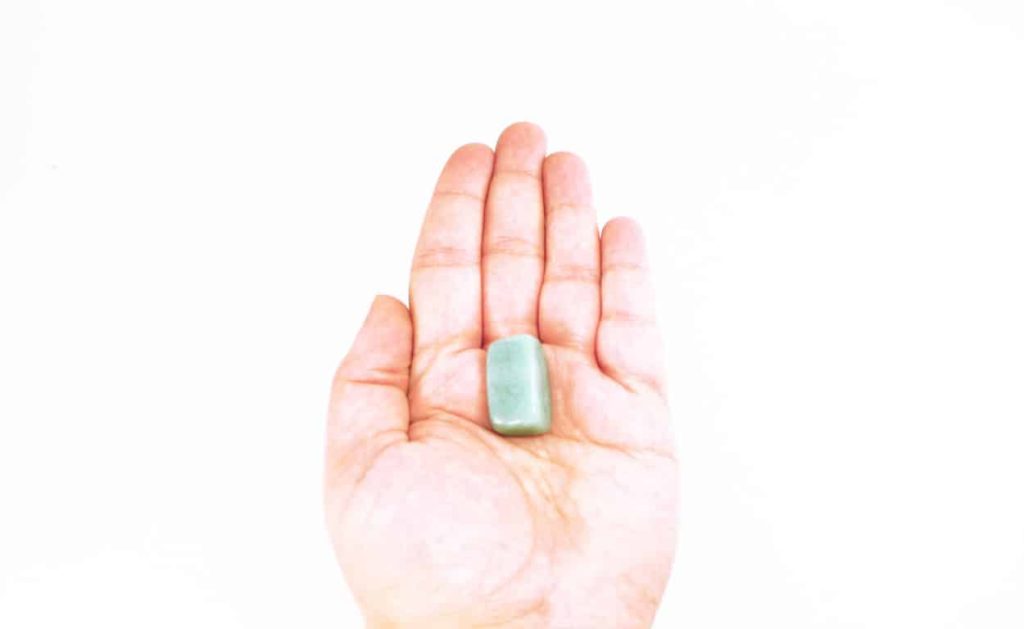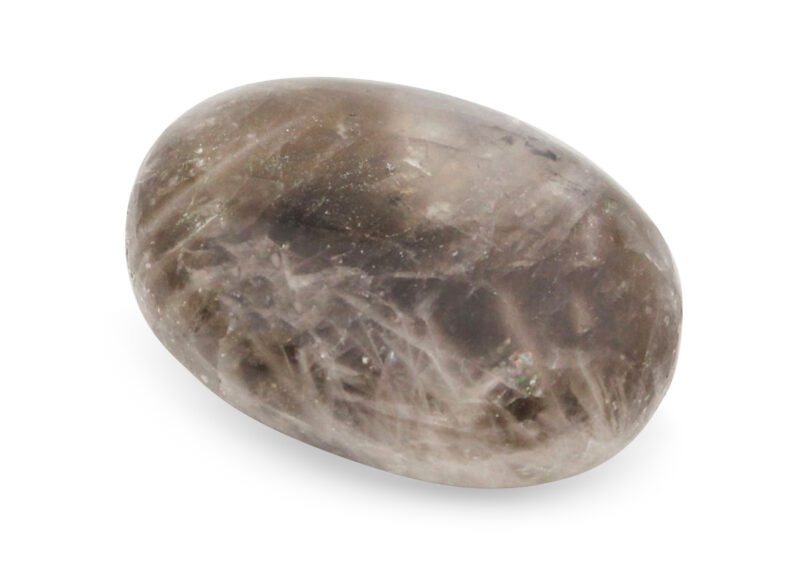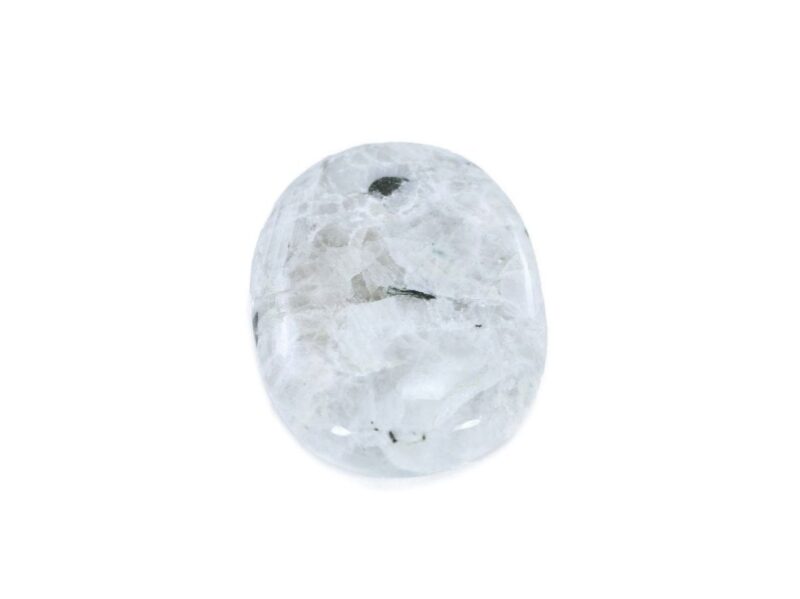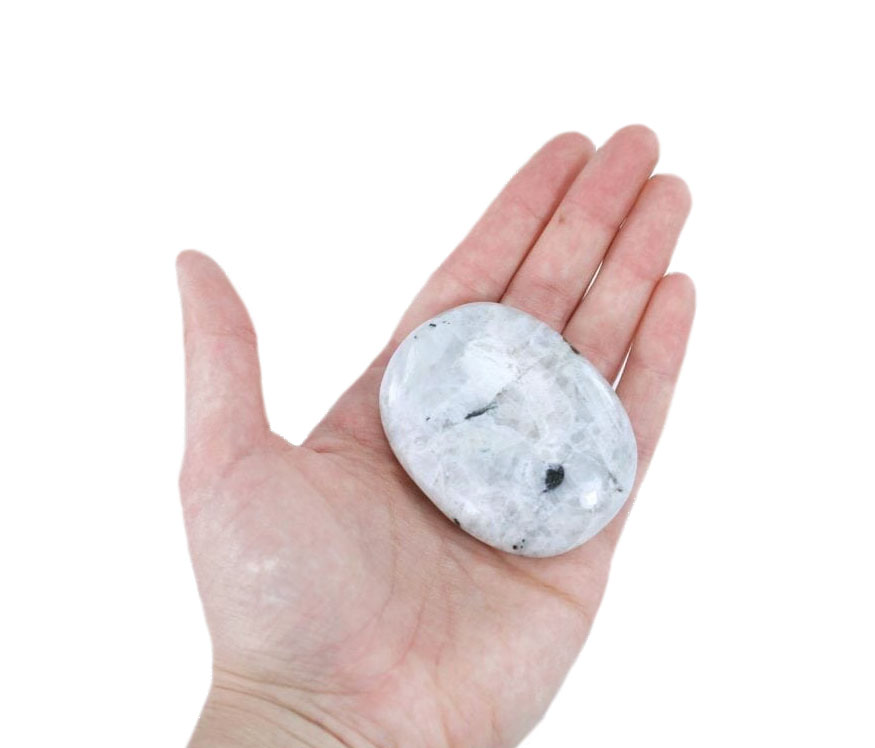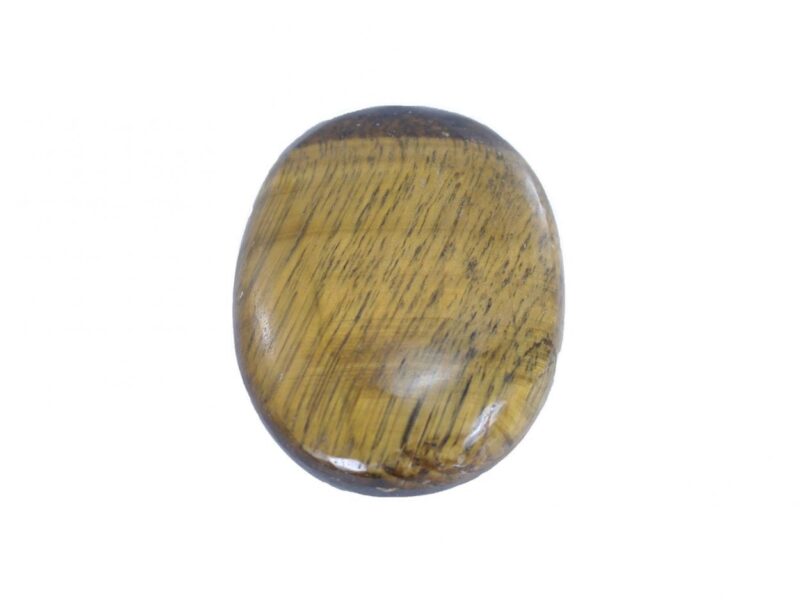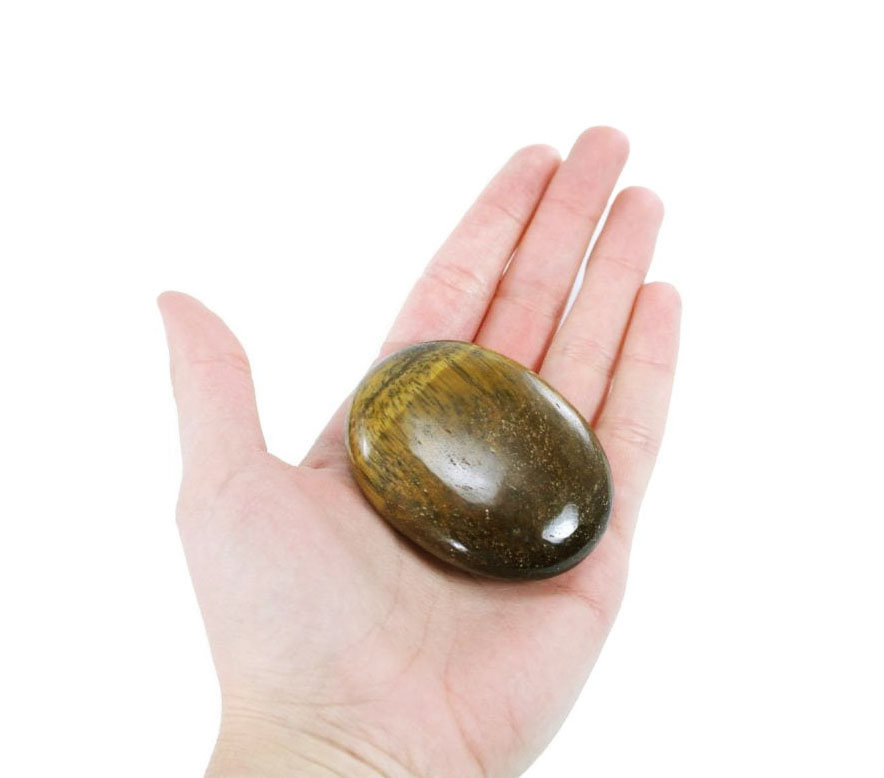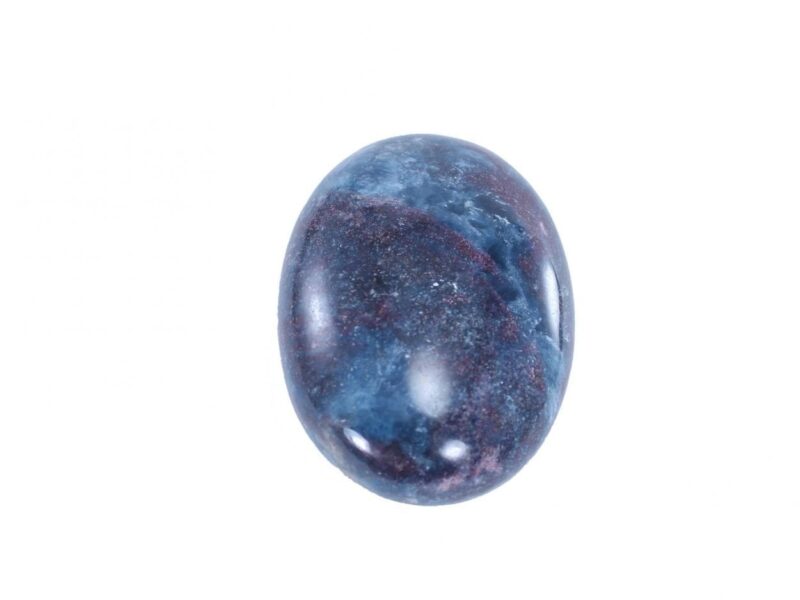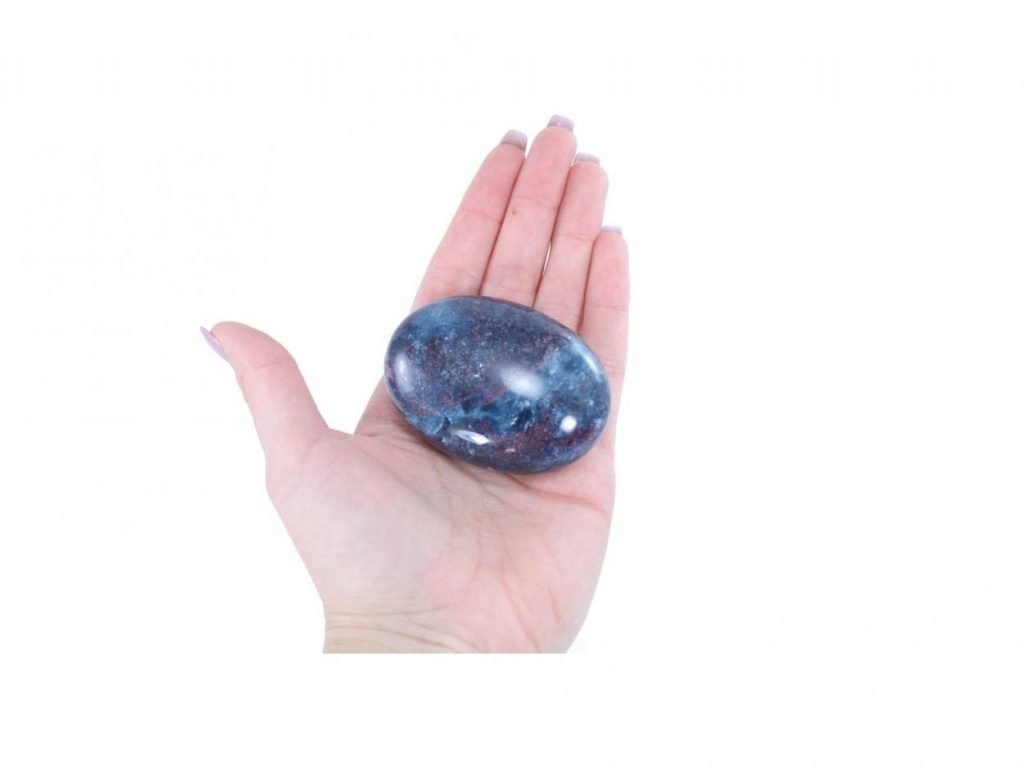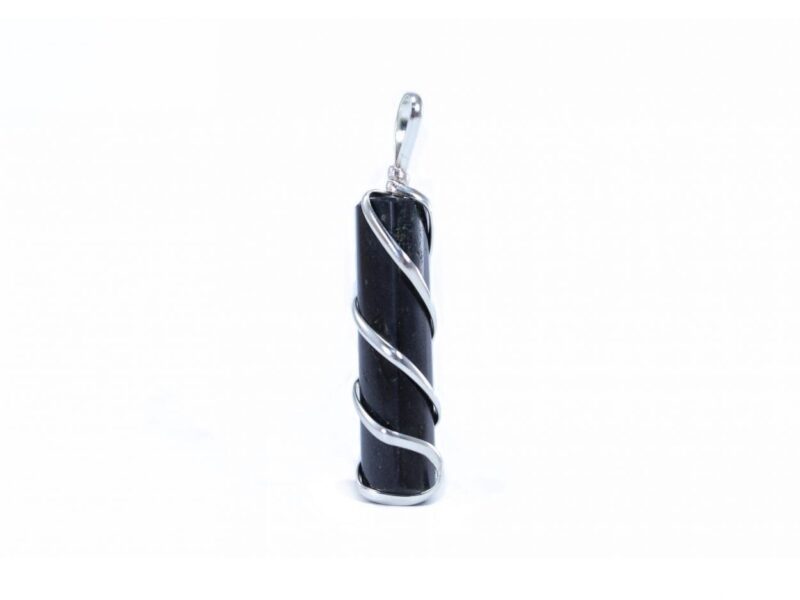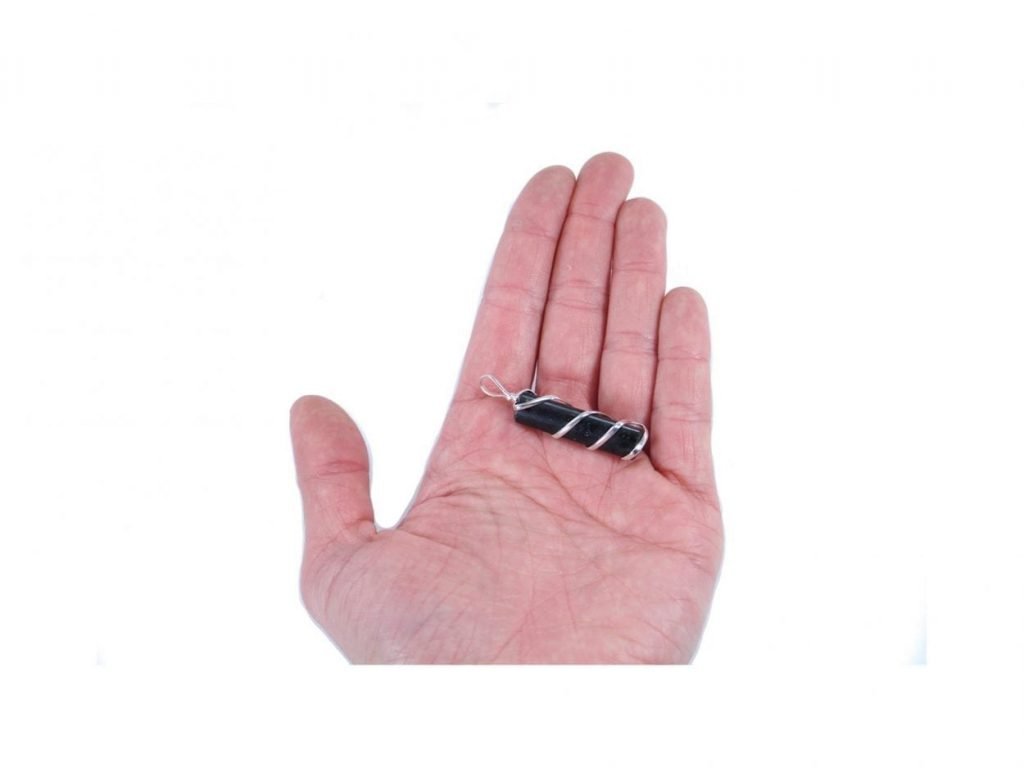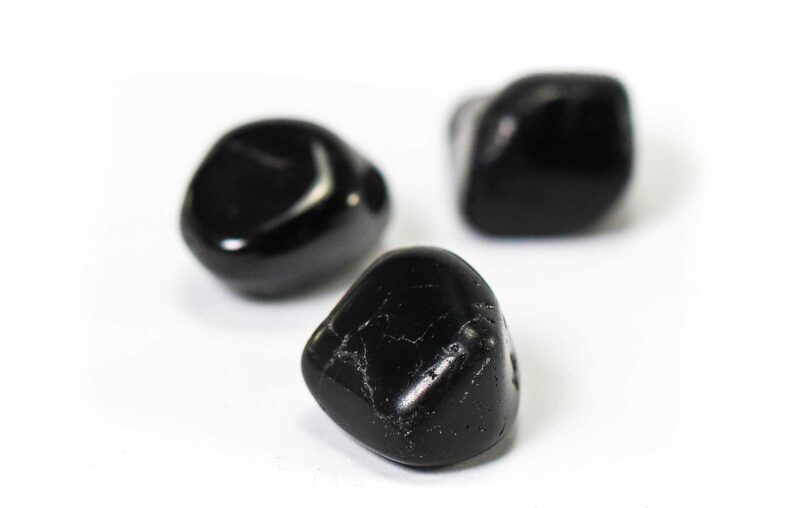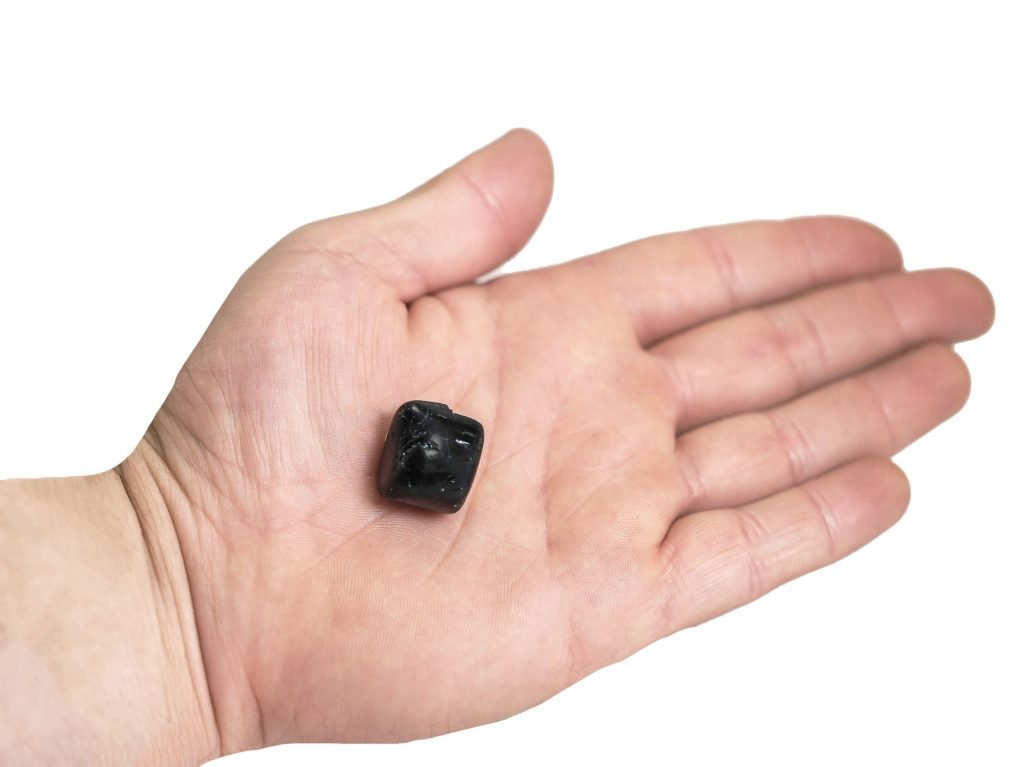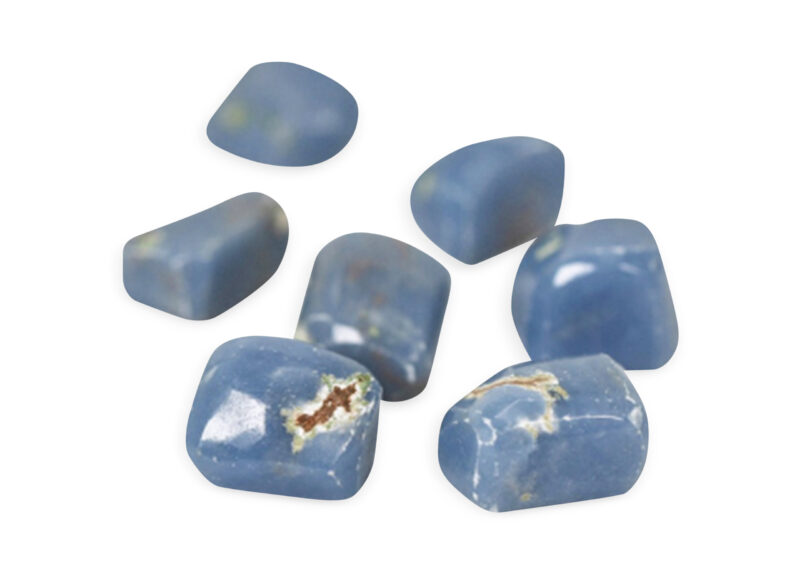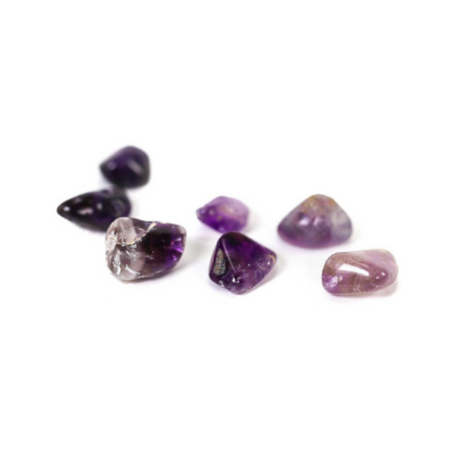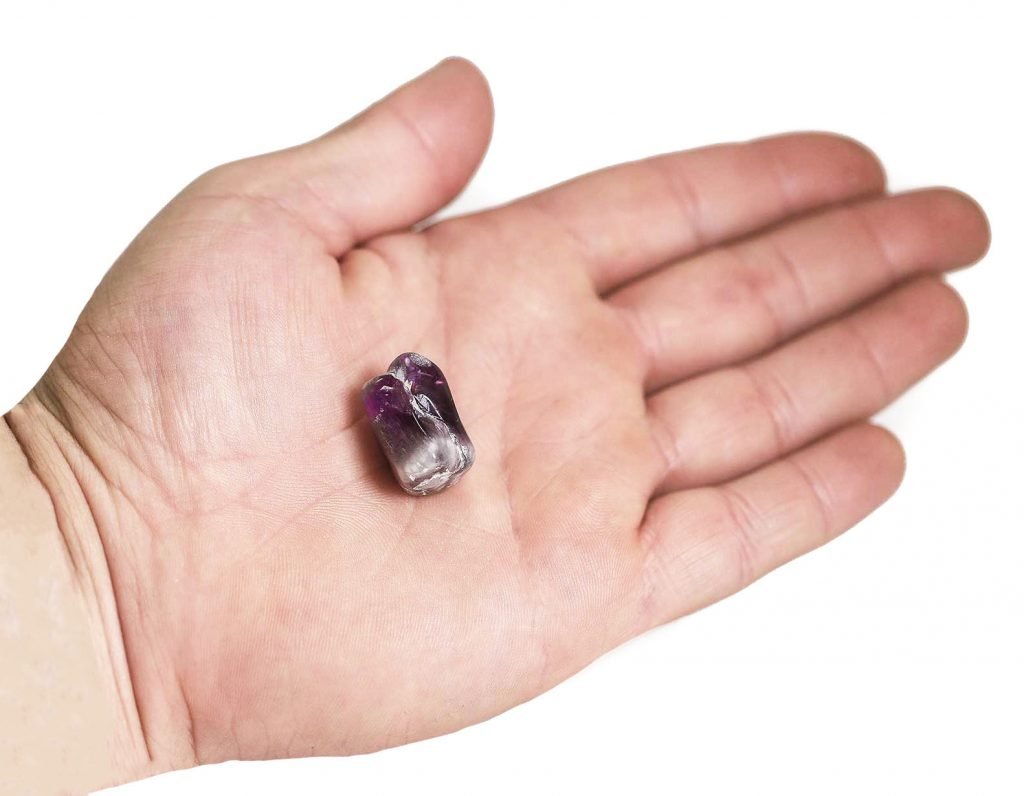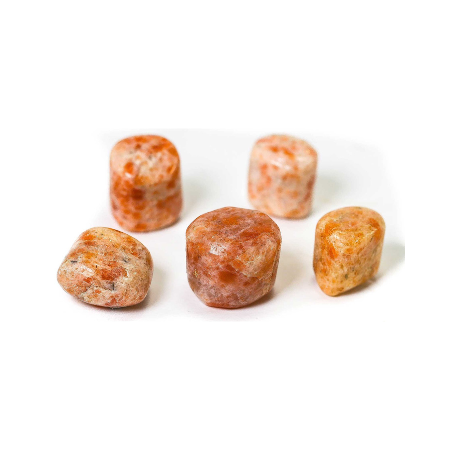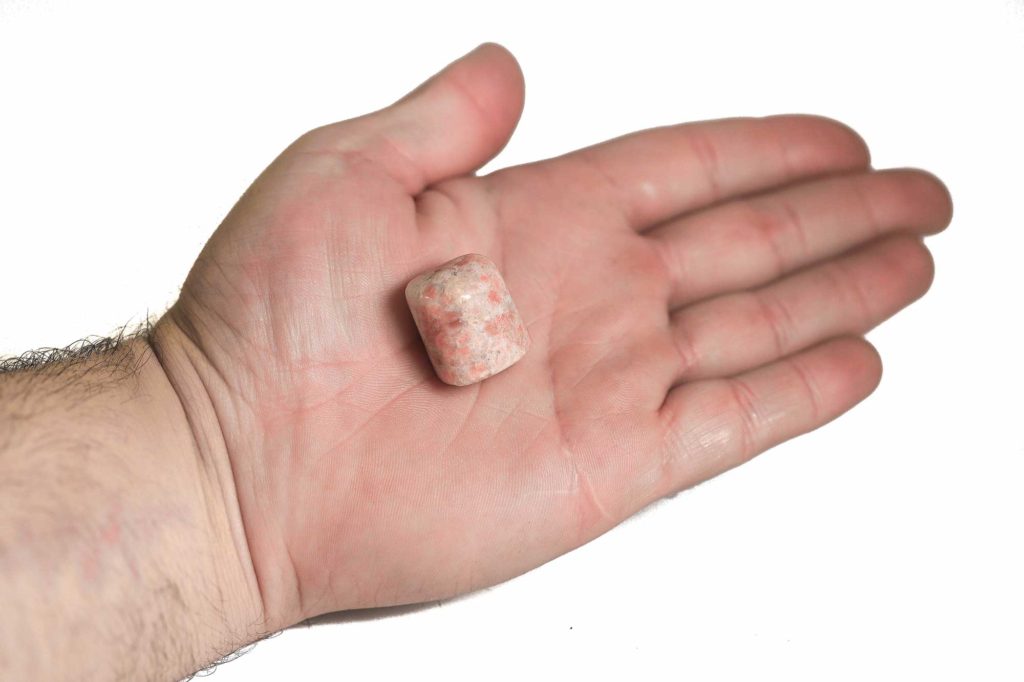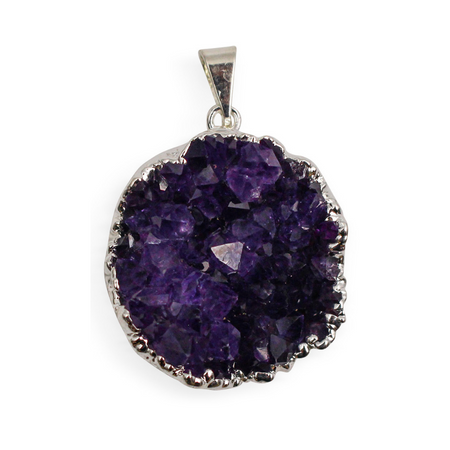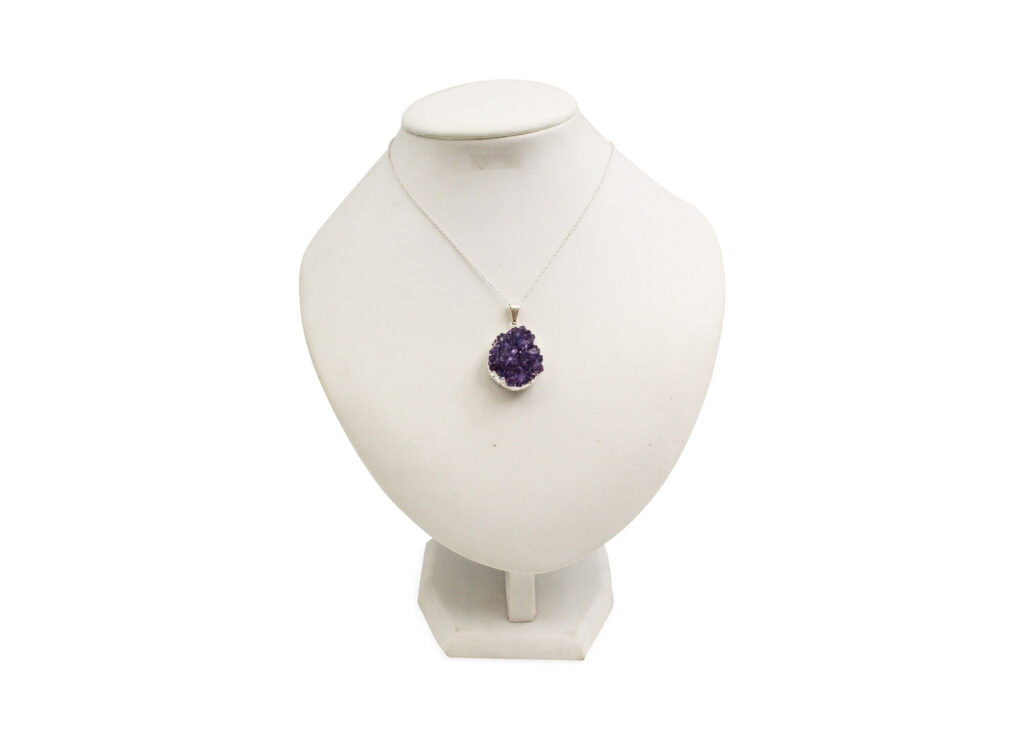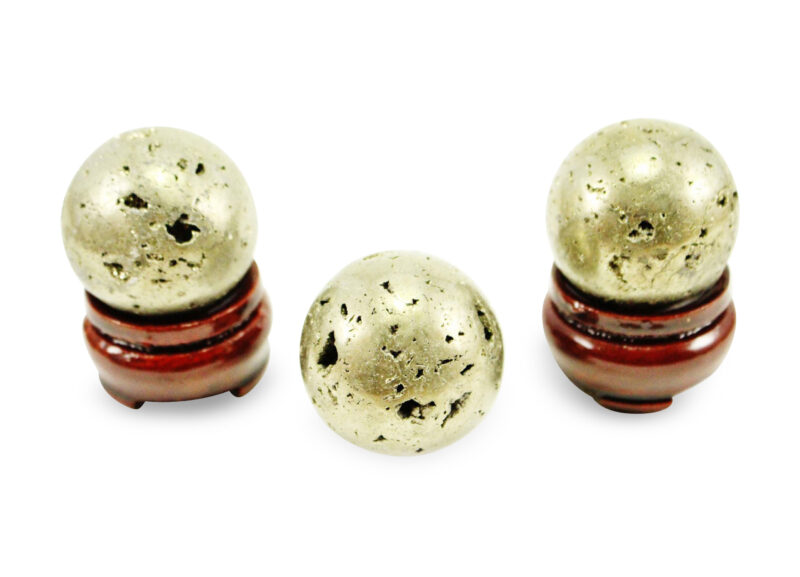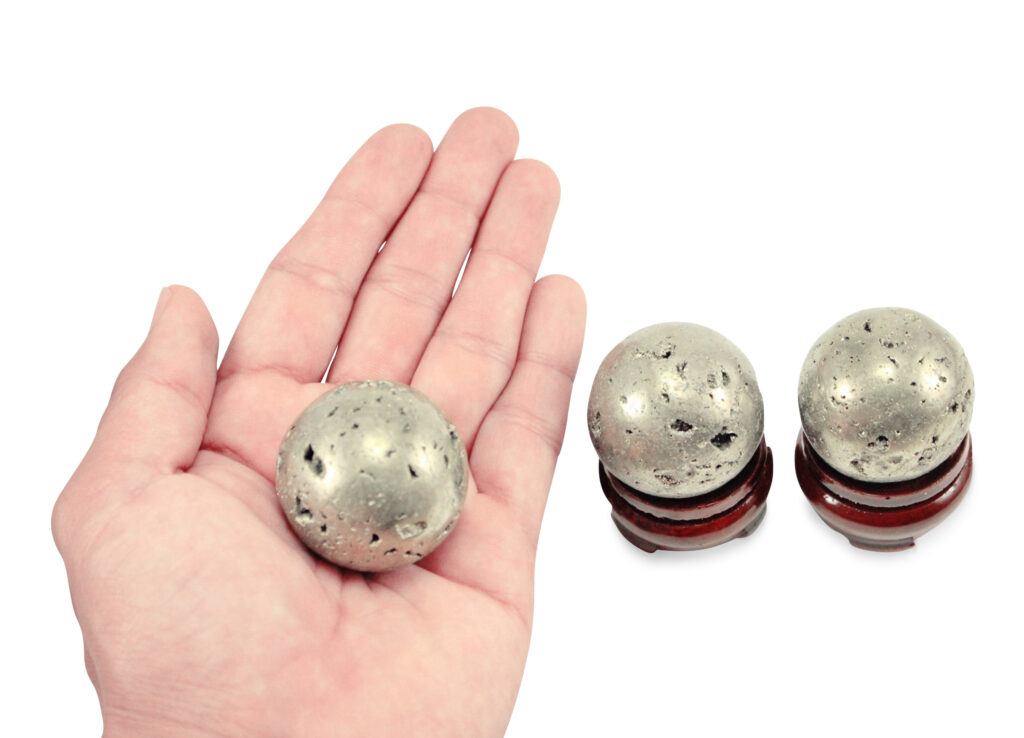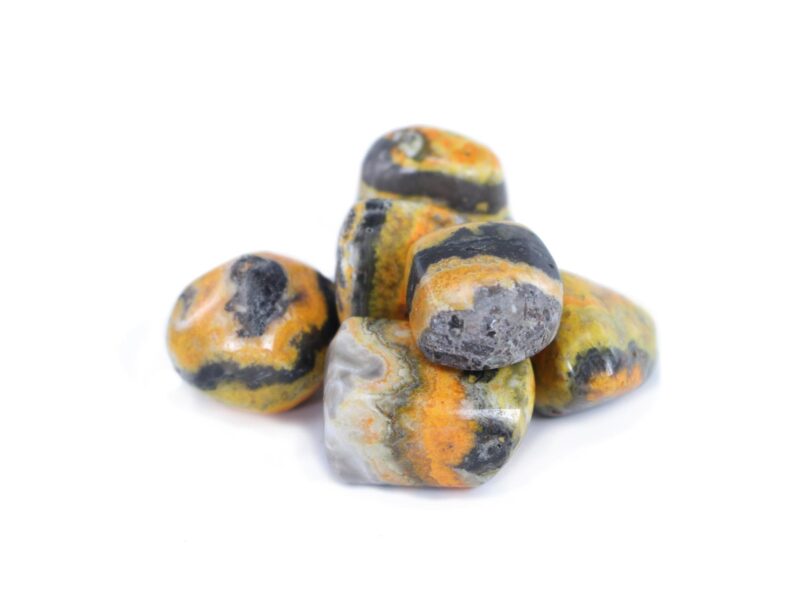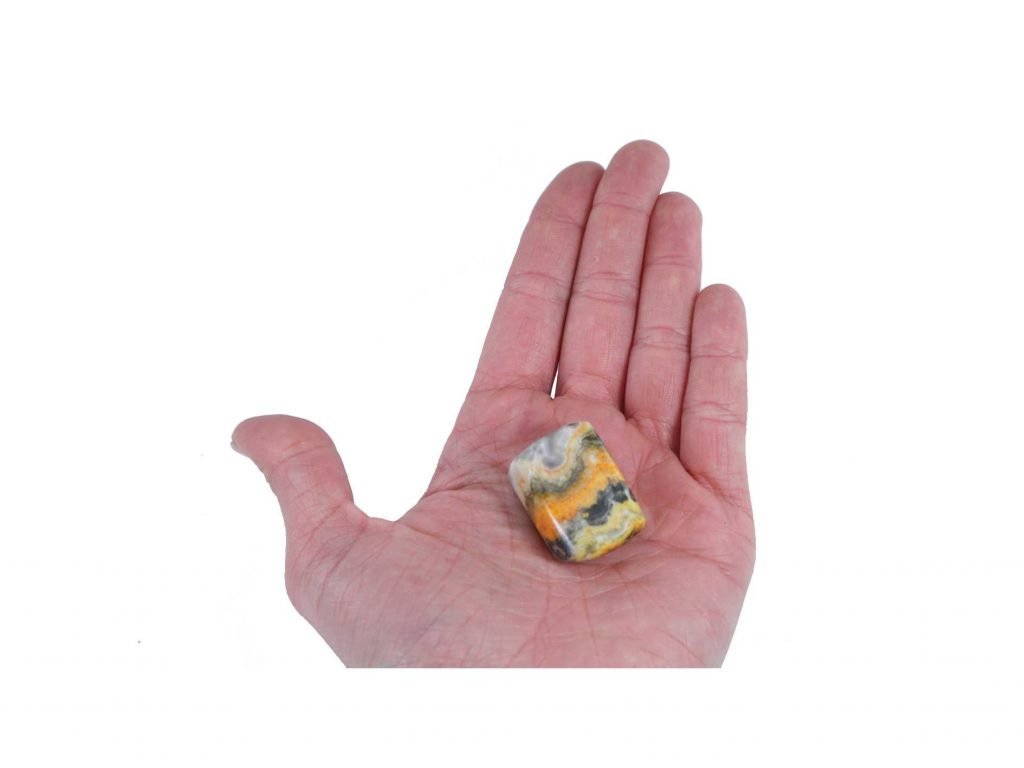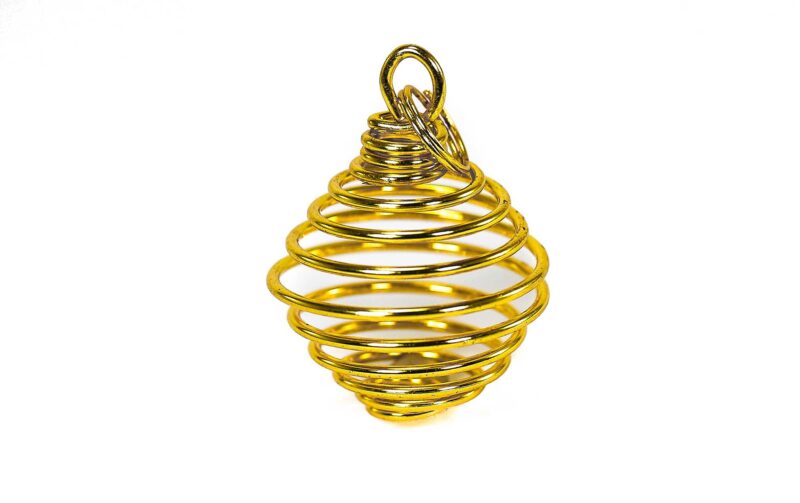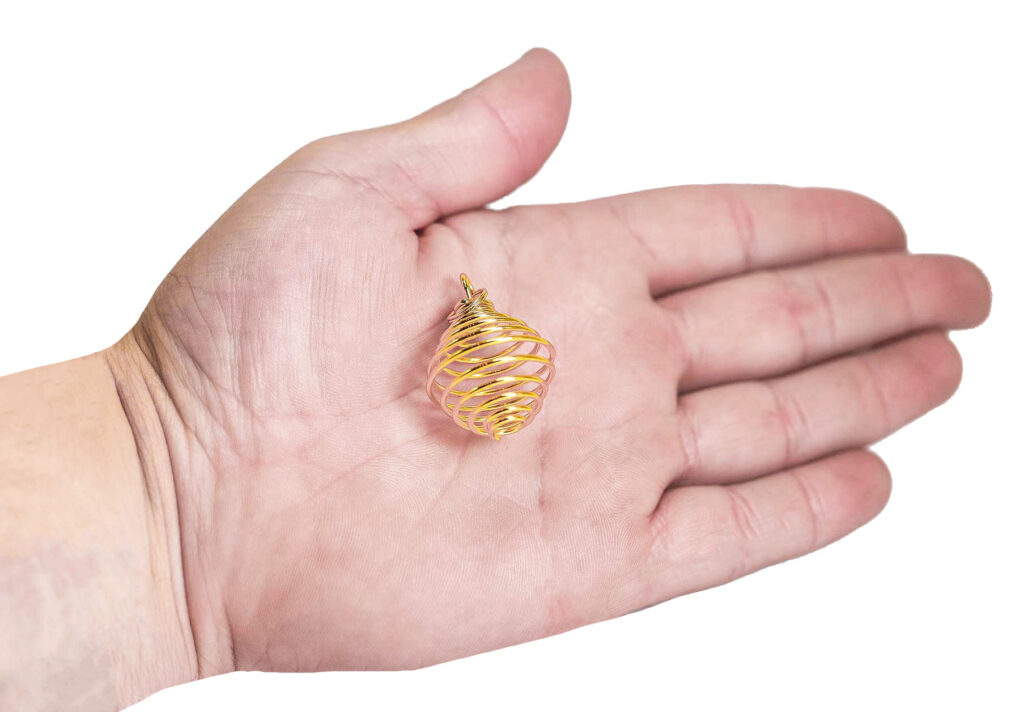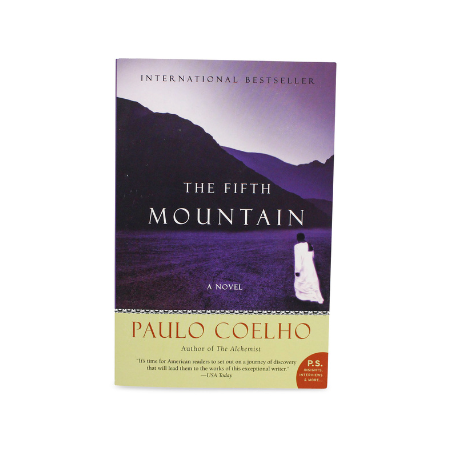Crystal Types
What are the main types of crystal and how do they differ?
Crystals fall into four main categories, based on the nature of the bonds between their constituents:
- Ionic crystals: composed of positive and negative ions held together by electrostatic forces. They are generally hard, brittle and have high melting points. Example: sodium chloride (table salt)
- Covalent crystals: Atoms are linked by covalent bonds to form a three-dimensional lattice. These crystals are very hard and have very high melting points. Example: diamond.
- Molecular crystals: Made up of molecules held together by Van der Waals forces or hydrogen bonds. They are generally soft, with low melting points. Example: ice.
- Metallic crystals: Metal atoms are arranged in a lattice with delocalized electrons, giving them electrical and thermal conductivity. Example: copper.
These distinctions are based on the nature of the chemical bonds and interactions between the particles making up the crystal.
How does crystal structure influence the physical properties of a material?
Crystal structure determines the way atoms or molecules are arranged in a material, directly influencing its physical properties. For example:
- Hardness: Covalent crystals, with their strong, directional bonds, are often very hard, like diamond.
- Melting point: Ionic crystals have high melting points due to the strong electrostatic attractions between ions.
- Electrical conductivity: Metallic crystals, with their delocalized electrons, are good electrical conductors.
- Fragility: Molecular crystals, held together by weak forces, are often more fragile and have lower melting points.
Thus, the nature and arrangement of bonds in a crystal determine its physical characteristics.
Why do some crystals have different geometric shapes?
The geometric shapes of crystals result from their internal structure and the conditions of their formation. Atoms or molecules assemble in specific patterns, forming distinct crystal lattices. For example, the cubic system produces crystals with square faces, while the hexagonal system generates six-sided shapes. Environmental factors such as temperature, pressure and chemical composition during crystallization also influence the final morphology of the crystal.
Each crystal is unique and has its own characteristics, influenced by its composition, colour and energetic structure. Some are renowned for their calming effects, others for their ability to energise the mind or strengthen intuition. From anchoring stones like obsidian to spiritual crystals like amethyst and protective stones like tiger’s eye, each variety of crystal meets specific needs. Find the one that resonates with you and explore the many benefits they can offer in everyday life.
Showing 1–18 of 591 resultsSorted by latest

